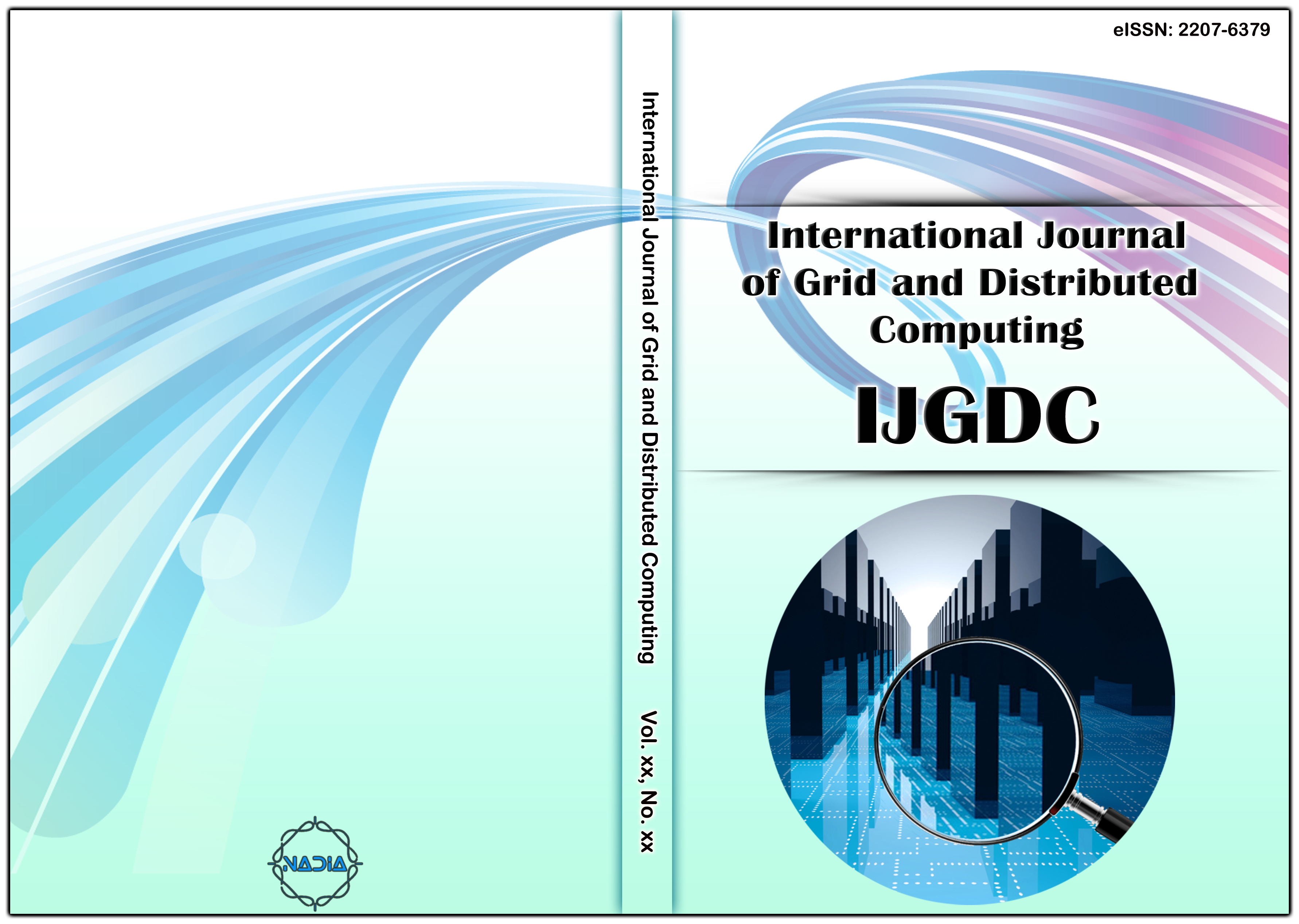[1] J. Bahraoui-Buret, M. N. Bergach, M. L. Ben Kaddour. “Le gisement solaire marocain”. édition société marocaine des éditeurs réunis, Rabat 1983.
[2] International Energy Agency. World Energy Outlook, OECD Publishing, Paris, 2014.
[3] Compagnon, R., 2004. Solar and daylight availability in the urban fabric. Energy Build. 36, 321–328.
[4] Kampf, J., Montavon, M., Bunyesc, J., Robinson, D., 2010. Optimisation of buildings solar irradiation availability. Renew. Energy, 596–603.
[5] Takebayashi, H., Ishii, E., Moriyama, M., Skaki, A., Nakajima, S., Ueda, H., 2015. Study to examine the potential for solar energy utilization based on the relationship between urban morphology and solar radiation gain on building rooftops and wall surfaces. Solar Energy 119, 362–369.
[6] Li, D., Liu, G., Liao, S., 2015. Solar potential in urban residential buildings. Solar Energy 111, 225–235.
[7] Aliman, O., Daut, , Isa, M., Adzman, M.R., 2007. Simplification of sun tracking mode to gain high concentration solar energy. Amer. J. Appl. Sci. 4, 171–175.
[8] A. Batman et al., “A feasibility study of grid-connected photovoltaic systems in Istanbul, Turkey”, Renewable and Sustainable Energy Reviews 16 (2012) 5678–5686.
[9] D. P. Kaundinya, et al., “Grid-connected versus stand-alone energy systems for decentralized power—A review of literature”, Renewable and Sustainable Energy Reviews 13 (2009) 2041–2050.
[10] T. Kuramochi et al., “Techno-economic prospects for CO2 capture from distributed energy systems”, Renewable and Sustainable Energy Reviews 19 (2013) 328–347.
[11] M.A. Eltawil, Z. Zhao, “Grid-connected photovoltaic power systems: Technical and potential problems— A review”, Renewable and Sustainable Energy Reviews 14 (2010) 112–129.
[12] J.D. Mondol et al. , “Optimal sizing of array and inverter for grid-connected photovoltaic systems”, Solar Energy 80 (2006) 1517–1539.D. P. Kaundinya, et al., “Grid-connected versus stand-alone energy systems for decentralized power—A review of literature”, Renewable and Sustainable Energy Reviews 13 (2009) 2041–2050.
[13] Rehman S, El-Amin IM, Ahmad F, Shaahid SM, Al-Shehri AM, Bakhashwain JM, et al., “Feasibility study of hybrid retrofits to an isolated off-grid diesel power plant”, Renewable and Sustainable Energy Reviews 11 (2007) 635–53.
[14] Deshmukh MK, Deshmukh SS. “Modeling of hybrid renewable energy systems”. Renewable and Sustainable Energy Reviews 12 (2008) 235–49.
[15] Shaahid SM, El-Amin I. “Techno-economic evaluation of off-grid hybrid photovoltaic-diesel –battery power systems for rural electrification in Saudi Arabia e a way forward for sustainable development”. Renewable and Sustainable Energy Reviews 13 (2009) 625–33.
[16] Erdinc O, Uzunoglu M. “Optimum design of hybrid renewable energy systems: overview of different approaches”. Renewable and Sustainable Energy Reviews 16 (2012) 1412–25.
[17] Dursun B. “Determination of the optimum hybrid renewable power generating systems for Kavakli campus of Kirklareli University, Turkey”. Renewable and Sustainable Energy Reviews 16 (2012) 6183–90.
[18] Jamel MS, Rahman AA, Shamsuddin AH. “Advances in the integration of solar thermal energy with conventional and non-conventional power plants”, Renewable and Sustainable Energy Reviews 20 (2013) 71–81.
[19] A. Orioli, A. DiGangi, “Load mismatch of grid-connected photovoltaic systems: Review of the effects and analysis in an urban context”, Renewable and Sustainable Energy Reviews 21 (2013) 13–28.
[20] C. Ventura, G.M. Tina, Development of models for on-line diagnostic and energy assessment analysis of PV power plants: the study case of 1 MW Sicilian PV plant, Energy Procedia 83 (2015) 248e257, http://dx.doi.org/10.1016/j.egypro.2015.12.179.
[21] S. Silvestre, M.A. Da Silva, A. Chouder, D. Guasch, E. Karatepe, New procedure for fault detection in grid connected PV systems based on the evaluation of current and voltage indicators, Energy Convers. Manag. 86 (2014) 241e249, http://dx.doi.org/10.1016/j.enconman.2014.05.008.
